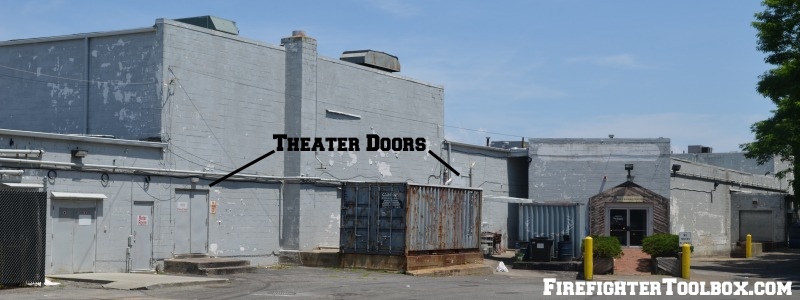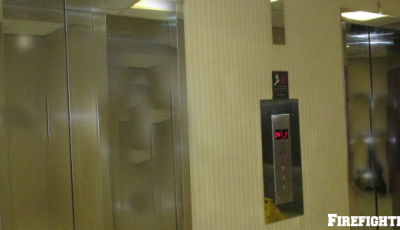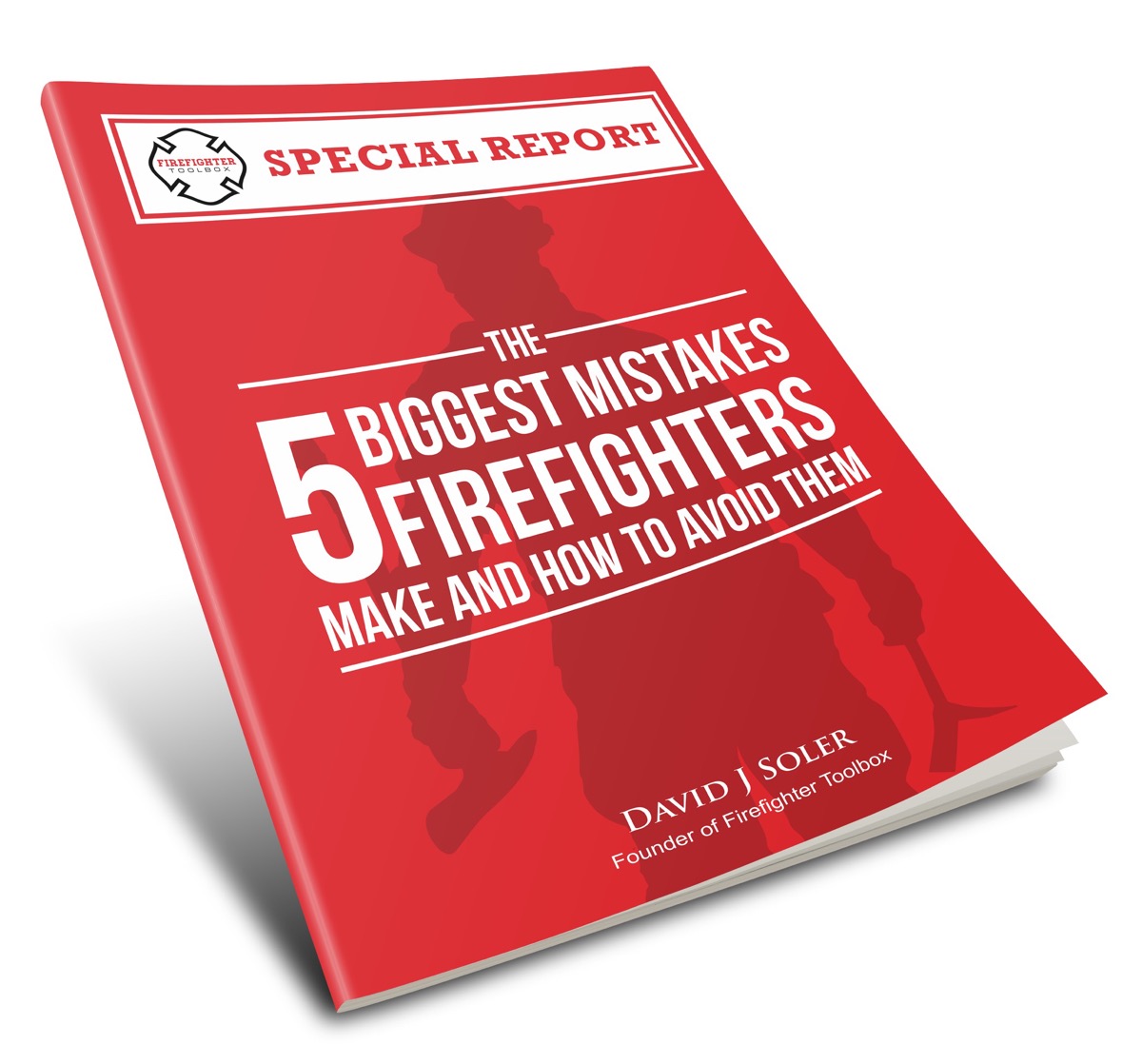Tactical Concerns for the Outside Vent (OV) Firefighter
In a previous article we discussed some of the things the outside vent firefighter must know to complete his job in a professional manner. Today we will take that mindset and put it to work in a couple of different scenarios, but throw a different twist on things. Instead of me telling you how to handle the situation, I will paint the picture for you and would like you to let me know how you would handle the situation in the comment section. Let’s get to work…
First up, an automatic alarm two in the afternoon on a weekday. Your truck rolls up on a large footprint taxpayer (strip mall for you guys in other parts of the country!) with reports of alarm activation coming from the movie theater. Take a moment to look at the photo, what would your actions be as the firefighter assigned to the OV position?
- What tools would you bring with you for this assignment?
- What obstacles can you anticipate?
- How would you best access the rear of this building?
- What would your radio report be back to the chief on scene?
Now let’s say you received a direct call from the movie theater manager reporting fire in the lobby of the theater, how would you operate now? Any different?
Next up we have a fire reported in a two-story private dwelling. You received the alarm at 2am on a Saturday night. Dispatch is taking multiple calls on this one and while you are responding all signs are pointing that you are going to work. Engine arrives a minute before you, reports the working fire and is stretching just as your truck arrives. You have a heavy smoke condition, and the engine boss radio’s that it looks like you have fire in the kitchen with one occupant of the house not accounted for. Your second due truck is two minutes out.
Ok, Have at it. Again, leave your actions in the comments section.

Yes, the scenarios presented to you were very general. Some information was left out, it was done so on purpose. I would like you to develop the mind-set of thinking about something from all angles as well as asking questions and developing the rest of the scenario to best fit alarms that YOU routinely respond to in your area of the country.
We will further examine these scenarios in future articles based on your comments. If you have any tactical questions, please feel free to leave them as well.
Photo Courtesy Rob Fling & Steve Silverman













